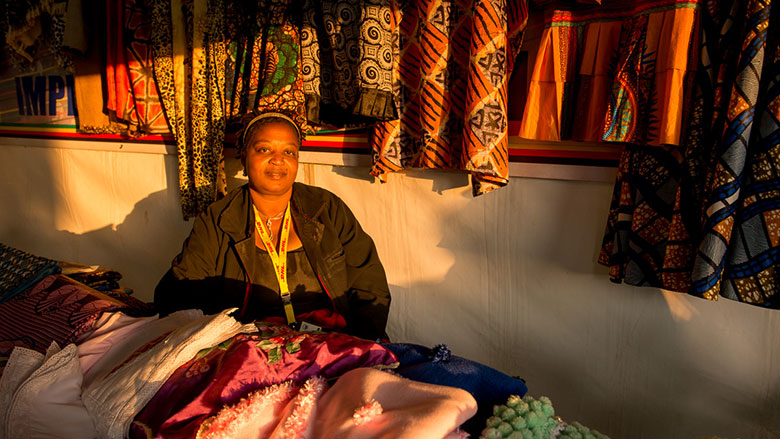‘Women still excluded on access to resources’
Access to resources by Zimbabwean women remains limited despite their critical contribution to the economy, especially food production and security at household and community levels, experts say.
Official figures show that women constitute about 52 percent of Zimbabwe’s population while men make the balance.
About 86 percent of the women depend on land for livelihood and food production for their families.
Rural women constitute the majority of small holder farmers who contribute towards food security at the household level.
But the fairer sex has largely remained marginalised given the limited access to education, technology, healthcare services, land, markets and financial services.
Zimbabwe Women and Law in Southern Africa (ZWLSA) director Fadzai Traquino said such disparities continued to widen the gender gap in the country and worsen poverty levels for women.
“Women command a greater percentage of players in the economy. However, the majority of the women in the informal economy remain less productive as they are locked out of markets for finance, technology, and other resources that would enable them to grow their businesses,” said Ms Traquino at a recent media sensitisation meeting on inequality hosted by the Zimbabwe Coalition on Debt and Development
(ZIMCODD) and the Fight Inequality Alliance Zimbabwe (FIAZ).
The World Bank says poverty increased in Zimbabwe to 34 percent in 2019 from 29 percent the prior year while its prevalence among women was due to more unpaid time use at 70 percent compared to their male counterparts at 30 percent.
In terms of access to land, women’s ownership is concentrated in the lower value land
holdings.
“Despite their critical role in subsistence farming the lack of support as well as climate change means that rural women suffer high levels of food insecurity, particularly during certain seasons of the year,” she said.
According to the Food and Agriculture Organisation (FAO) women account for 42,2 percent of communal farm occupation, which falls to 30,7 percent for A1 farms. In terms of ownership of small scale and large scale commercial farms, women account for 36,6 percent and 19,4 percent, respectively.
In terms of A2 farms, women account for 15,8 percent while male take up the whole 84,2 percent.
Ms Traquino said such disparities meant women remain disadvantaged and excluded from major investments channelled into agriculture and other sectors of the economy. FIAZ national coordinator Angellah Mandoreba highlighted the need for a fair distribution of wealth and resources to cater for all citizens and bridge the gender gap, which widens inequalities that burden women and children.
Government has however, come up with measures to address such disparities with the introduction of several facilities to cater specifically for women and youths. The Zimbabwe Women’s Microfinance Bank is one such initiative to ensure women have access to financial resources.-The Herald











